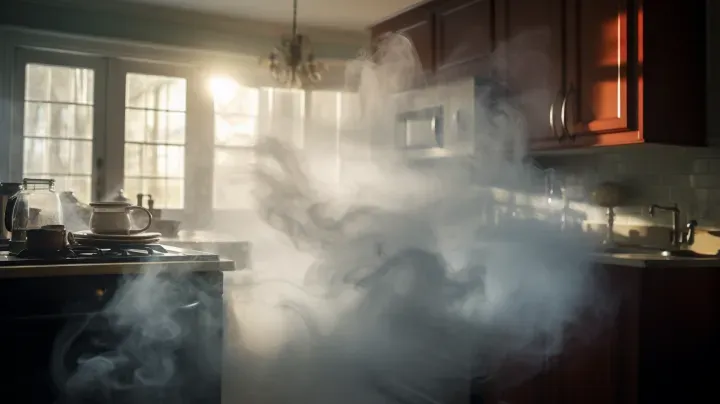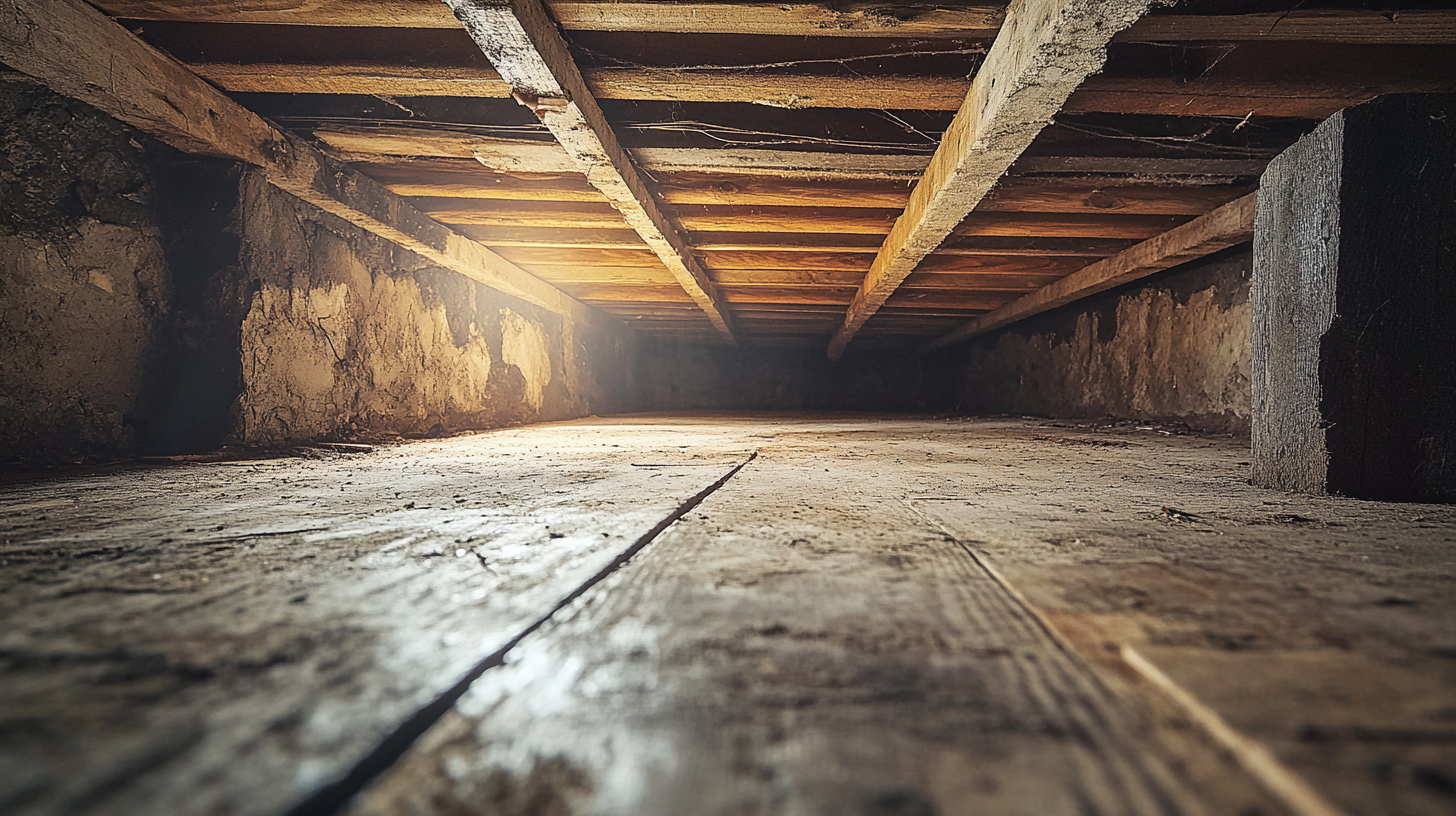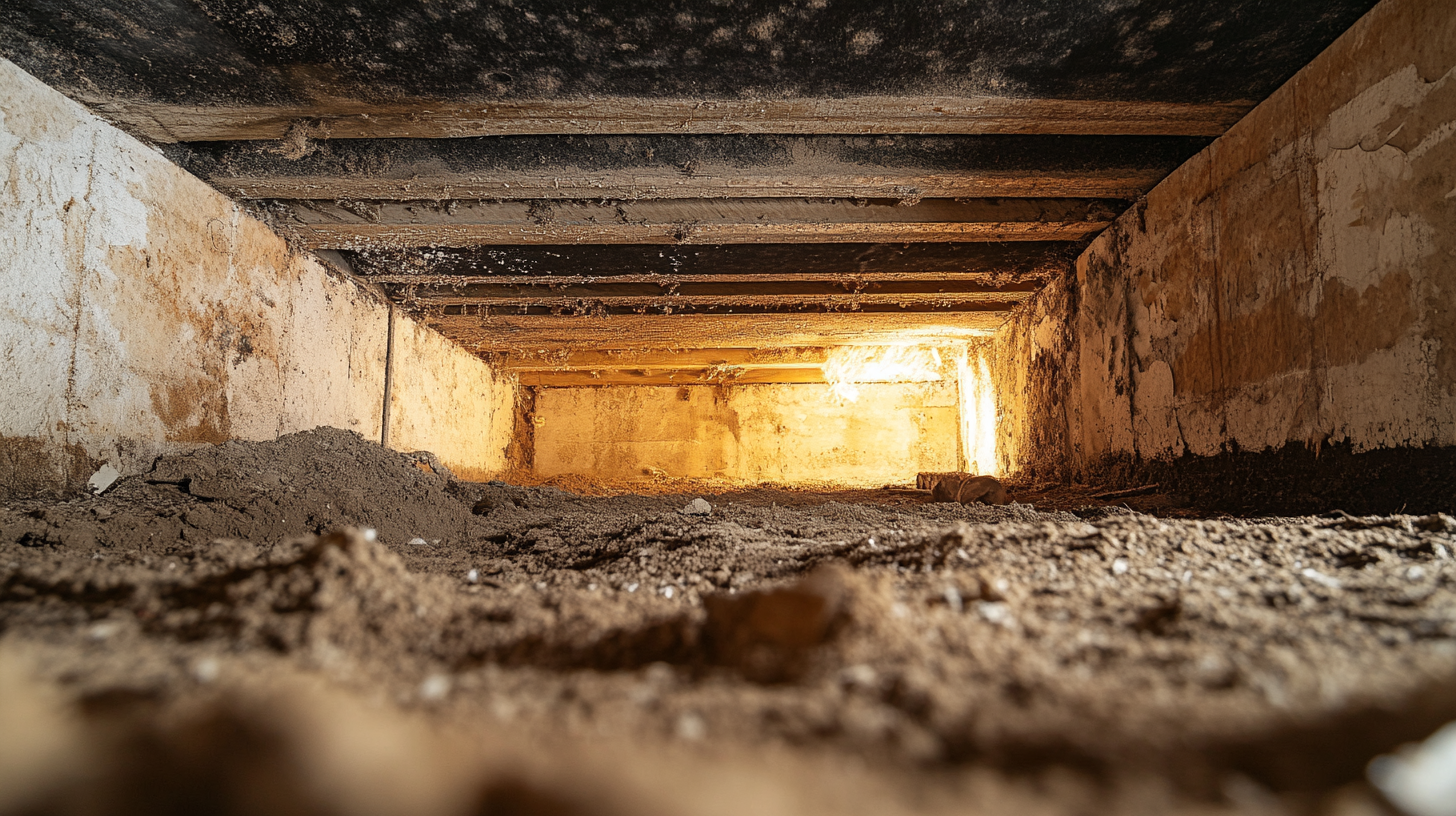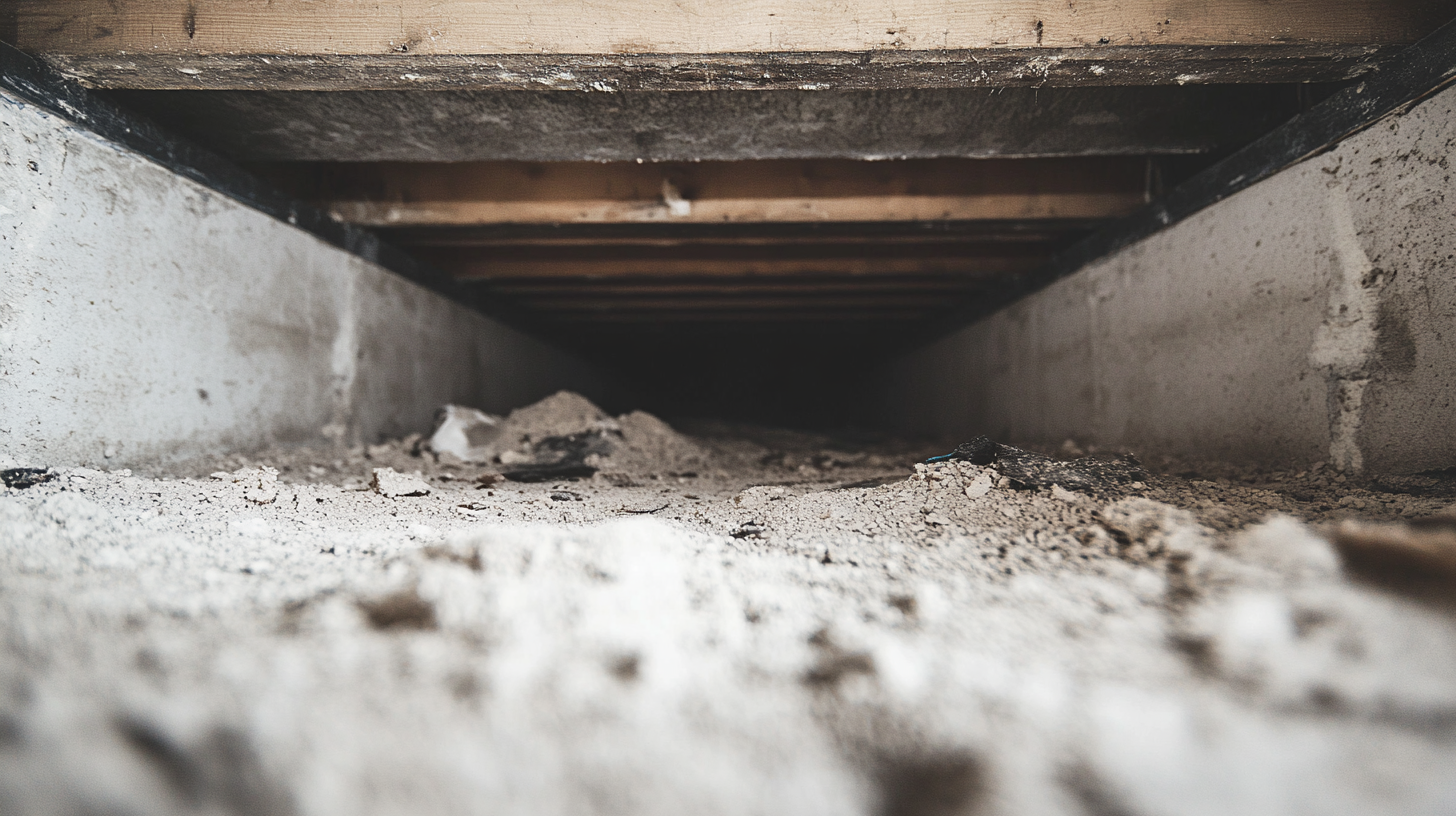DIY Smoke Odor Removal Tips

Welcome to our comprehensive guide where we delve into the often-overlooked yet crucial topic of smoke odor removal. Smoke odors, whether from cigarettes, wildfires, or accidental fires, can infiltrate our living spaces, leaving a lingering reminder of the incident. These odors are not just unpleasant; they can also be a sign of lingering pollutants that may affect your health and well-being.
In this blog, we will explore the multifaceted challenges that come with removing smoke odors from your environment. Smoke particles are notorious for their persistence and ability to embed themselves into fabrics, walls, and even the very air we breathe. This makes the task of eradicating them all the more daunting.
We will also emphasize the importance of addressing these odors swiftly and effectively. Quick action is not just about eliminating a nuisance; it's about restoring the safety and comfort of your living or working space. Delayed responses can lead to the odors becoming more deeply entrenched, making them harder to remove and potentially leading to long-term issues.
Join us as we guide you through the best practices, innovative solutions, and expert tips to tackle this challenge head-on. Whether you're a homeowner, a renter, or a business owner, this blog will equip you with the knowledge and tools you need to reclaim your space from the clutches of smoke odors.
Understanding Smoke Odor
Smoke odor is a complex issue that goes beyond just an unpleasant smell. It's a pervasive problem that can have lasting effects on both your environment and health. In this section, we'll explore the causes of smoke odor and its potential health implications.
What Causes Smoke Odor?
Smoke odor arises from various sources, each with its unique characteristics and challenges. Common sources include:
- Cigarettes: One of the most frequent causes of indoor smoke odor. The smell from cigarette smoke can cling to fabrics, carpets, and walls, creating a persistent odor.
- House Fires: These can leave behind a particularly pungent and toxic odor due to the burning of diverse materials like plastics, fabrics, and wood.
- Wildfires: Often overlooked, the smoke from wildfires can travel miles and seep into homes, leaving a distinct smoky scent.
The persistence of smoke odor is largely due to the complex mixture of compounds present in smoke. Smoke is not just a gas; it's a mixture of various particles and chemicals, including:
- Tar: A sticky substance that can adhere to surfaces, making the smell difficult to remove.
- Carbon Monoxide and Carbon Dioxide: Gases that can carry odors and are harmful in high concentrations.
- Volatile Organic Compounds (VOCs): These compounds vaporize at room temperature and contribute significantly to the scent of smoke.
Health Implications of Smoke Odor
Prolonged exposure to smoke odor is not just a matter of discomfort; it can have serious health implications. Some of the potential risks include:
- Respiratory Issues: Continuous inhalation of smoke odor can aggravate respiratory conditions like asthma and bronchitis.
- Allergic Reactions: Individuals with allergies may find that smoke odor triggers reactions such as sneezing, coughing, and itchy eyes.
- Long-term Health Risks: Certain compounds in smoke, especially from synthetic materials, can be toxic and contribute to long-term health issues.
Understanding the causes and health implications of smoke odor is the first step in effectively addressing this problem. In the following sections, we will delve into strategies for removing smoke odor and restoring the quality of your indoor environment.
Preparing for Smoke Odor Removal
Tackling smoke odor removal requires a thoughtful approach, prioritizing safety and an accurate assessment of the situation. This preparation is crucial in ensuring effective odor removal while safeguarding your health and property.
Safety First
Before embarking on the process of smoke odor removal, personal safety should be your foremost concern. Smoke can leave behind harmful residues and particles that may pose health risks. Here are some tips to ensure your safety:
- Wear Protective Gear: Use gloves, masks (preferably N95 respirators), and eye protection to avoid direct contact with smoke residues and inhalation of harmful particles.
- Ensure Good Ventilation: Open windows and use fans to circulate fresh air and reduce the concentration of airborne particles.
- Be Cautious with Cleaning Agents: Some cleaning agents can be harsh or toxic. Always read labels and use them in well-ventilated areas.
- Avoid Smoking Indoors: If the odor is from cigarette smoke, ensure that there is no indoor smoking during the cleanup process to prevent further odor accumulation.
Assessing the Situation
Determining the severity of smoke odor is critical in deciding whether you can handle the cleanup yourself or if professional help is needed. Consider the following factors:
- Source of the Smoke: Identify the source (e.g., cigarette, kitchen fire, wildfire). Different sources may require different cleaning approaches.
- Extent of the Odor: Assess how widespread the odor is. Is it confined to one room or spread throughout the property?
- Duration of Exposure: The longer the exposure to smoke, the more deeply the odor may have penetrated into surfaces.
- Visible Residues: Check for soot or smoke residues on walls, ceilings, and other surfaces.
- Personal Capability: Evaluate whether you have the necessary tools, time, and expertise to effectively remove the odor.
If the odor is widespread, persistent, or if there are significant residues, it may be prudent to seek professional help. Professionals have specialized equipment and expertise to handle severe cases more effectively.
In the next sections, we will explore various methods and tools for smoke odor removal, providing you with practical solutions to restore the freshness of your environment.
Special Considerations
While many smoke odor removal techniques are effective in a variety of settings, certain situations require specific approaches. This section addresses unique challenges like removing smoke odor from vehicles and dealing with persistent odors that resist standard removal methods.
Smoke Odor in Vehicles
Removing smoke odor from car interiors presents unique challenges due to the confined space and variety of materials. Here are some tips:
- Thorough Cleaning: Start by thoroughly vacuuming the interior, including seats, carpets, and mats. Don't forget the ceiling fabric and areas under the seats.
- Fabric Cleaners: Use upholstery cleaners on fabric seats and carpets. Test the cleaner on a small area first to ensure it doesn't cause discoloration.
- Air Out the Vehicle: Leave the doors and windows open for as long as possible to air out the interior.
- Charcoal or Coffee Grounds: Place a bowl of activated charcoal or coffee grounds in the car overnight. These natural substances can absorb smoke odors.
- Professional Steam Cleaning: For persistent odors, consider getting the vehicle professionally steam cleaned, as this can penetrate deeper into fabrics and materials.
Persistent Odors
Sometimes, despite your best efforts, smoke odors can persist, especially if they have penetrated deeply into materials or if the smoke source was particularly intense. In such cases, professional help may be necessary.
- When to Seek Professional Help: If you've tried multiple methods and the odor still lingers, or if the area affected is too large for you to handle alone, it's time to call in the experts.
- Professional Services: Professionals have access to industrial-grade equipment and specialized cleaning agents that are more effective at penetrating and neutralizing deep-set odors.
- Considerations for Hiring Professionals: Look for services with experience in smoke damage restoration. Check their reviews and ask about their methods to ensure they're suitable for your specific situation.
In conclusion, while DIY methods can be effective for mild to moderate smoke odors, certain situations like vehicle interiors or particularly stubborn odors may require specialized techniques or professional intervention. Understanding when and how to tackle these challenges is key to successfully restoring a fresh, smoke-free environment.
Special Considerations
While many smoke odor removal techniques are effective in a variety of settings, certain situations require specific approaches. This section addresses unique challenges like removing smoke odor from vehicles and dealing with persistent odors that resist standard removal methods.
Smoke Odor in Vehicles
Removing smoke odor from car interiors presents unique challenges due to the confined space and variety of materials. Here are some tips:
- Thorough Cleaning: Start by thoroughly vacuuming the interior, including seats, carpets, and mats. Don't forget the ceiling fabric and areas under the seats.
- Fabric Cleaners: Use upholstery cleaners on fabric seats and carpets. Test the cleaner on a small area first to ensure it doesn't cause discoloration.
- Air Out the Vehicle: Leave the doors and windows open for as long as possible to air out the interior.
- Charcoal or Coffee Grounds: Place a bowl of activated charcoal or coffee grounds in the car overnight. These natural substances can absorb smoke odors.
- Professional Steam Cleaning: For persistent odors, consider getting the vehicle professionally steam cleaned, as this can penetrate deeper into fabrics and materials.
Persistent Odors
Sometimes, despite your best efforts, smoke odors can persist, especially if they have penetrated deeply into materials or if the smoke source was particularly intense. In such cases, professional help may be necessary.
- When to Seek Professional Help: If you've tried multiple methods and the odor still lingers, or if the area affected is too large for you to handle alone, it's time to call in the experts.
- Professional Services: Professionals have access to industrial-grade equipment and specialized cleaning agents that are more effective at penetrating and neutralizing deep-set odors.
- Considerations for Hiring Professionals: Look for services with experience in smoke damage restoration. Check their reviews and ask about their methods to ensure they're suitable for your specific situation.
In conclusion, while DIY methods can be effective for mild to moderate smoke odors, certain situations like vehicle interiors or particularly stubborn odors may require specialized techniques or professional intervention. Understanding when and how to tackle these challenges is key to successfully restoring a fresh, smoke-free environment
Preventative Measures
Preventing smoke odor from becoming a problem in the first place is often easier than trying to remove it once it's settled in. This section covers strategies to minimize the risk of smoke odor and the importance of regular cleaning and maintenance in maintaining a fresh environment.
Minimizing Smoke Odor in the Future
Taking proactive steps can significantly reduce the likelihood of smoke odor accumulation. Here are some effective strategies:
- Smoke Outside: If smoking is the primary source of smoke odor, make it a rule to smoke outside. This simple measure can prevent smoke particles from settling into your indoor environment.
- Fire Prevention Tips: Regularly check and maintain smoke detectors, be cautious with candles, and keep flammable materials away from heat sources. Preventing accidental fires not only ensures safety but also prevents smoke odor.
- Use Smoke-Reducing Candles or Air Fresheners: These products can help neutralize smoke particles in the air, reducing the chance of odors settling into fabrics and surfaces.
- Ventilation During and After Cooking: Cooking can sometimes produce smoke. Use exhaust fans and open windows to ventilate the area effectively.
Regular Cleaning and Maintenance
Consistent cleaning is key in preventing the buildup of smoke odor:
- Regular Vacuuming and Dusting: Smoke particles can settle on surfaces and in fabrics. Regular vacuuming of carpets, upholstery, and curtains, along with dusting surfaces, can help remove these particles.
- Clean Air Filters and Ducts: Replace or clean HVAC air filters regularly, and consider having air ducts cleaned if you notice smoke odors emanating from heating or cooling systems.
- Deep Cleaning: Periodically deep clean fabrics and upholstery, as these can harbor smoke particles even if there's no visible residue or odor.
- Monitor Humidity Levels: High humidity can exacerbate smoke odors. Use dehumidifiers if necessary to maintain a comfortable indoor humidity level.
By implementing these preventative measures, you can significantly reduce the risk of smoke odor in your home or vehicle. Regular cleaning and maintenance, along with mindful habits, can help ensure that your environment remains fresh and smoke-free.
FAQs
Contact Fast Response Cleaning & Restoration Today!
Fast Response Cleaning & Restoration will do everything we can to ensure your experience with us is excellent.
Request A FREE Estimate
Request A FREE Estimate Form
CHECKOUT RECENT POST



Have an Emergency? We're Here to Help!
When it comes to disaster cleanup, we are a seasoned veteran in the industry and have helped hundreds of property owners just like you.
Our disaster recovery teams are available 24-7 to quickly clean up and repair disasters of all types.
